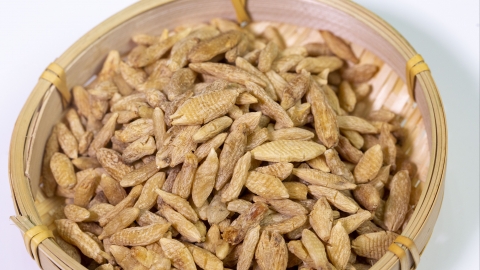What is the difference between Ophiopogon japonicus and Liriope spicata?
Generally speaking, Ophiopogon Root (Mai Men Dong) and Dwarf Lilyturf Root (Mai Dong) are the same; they are simply two different names for the same traditional Chinese medicine. Detailed analysis is as follows:

Ophiopogon Root and Dwarf Lilyturf Root are identical; the only difference is their names. This herb is slightly cold in nature, sweet and slightly bitter in taste, and enters the heart, lung, and stomach meridians. It functions to nourish yin, promote body fluid production, moisten the lungs, and clear the heart. It is commonly used to relieve symptoms such as dry cough due to lung dryness, cough due to yin deficiency, throat obstruction and pain, and thirst caused by fluid deficiency. Whether used in decoctions, infusions, pills, or powders, both names refer to the same herb and have identical usage methods and dosage requirements, requiring no differentiation due to the name difference.
When using this herb, one should first determine their own body constitution. Those with a cold constitution or prone to diarrhea should use it cautiously to avoid aggravating internal cold and causing discomfort. Dosage should be strictly controlled, as excessive use may burden the spleen and stomach; the specific dosage should be determined according to individual conditions or as directed by a healthcare professional. If used in combination with other herbs, one should be aware of herb compatibility restrictions to avoid conflicting properties. Storage should be in a dry and well-ventilated place to prevent dampness and deterioration, which may affect its efficacy.





